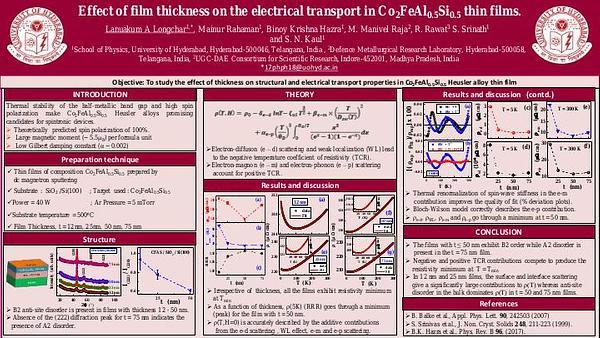
Premium content
Access to this content requires a subscription. You must be a premium user to view this content.

technical paper
Skew Angle Estimation and Alleviation Based Multi Layer Perceptron in V
Attaining high areal density (AD) in bit-patterned magnetic recording (BPMR) technology means reducing its bit period and track pitch 1,2. When the readers move from the initial to other zones of the disk, a skew angle (SA) takes place, leading to a degradation of the system performance 3. Therefore, controlling SA properly is necessary. Prior works introduced SA detection along with the suppression 4 and the study of SA in a read-head array 5. To the best of our knowledge, this is the first proposed scheme of combining a multi-layer perceptron (MLP) with a V-shaped read-head array to estimate and alleviate SA in BPMR.
We propose SA estimation and alleviation schemes in BPMR by combining the V-shaped read-head array, as shown in Fig. 1, with MLP. The V-shaped read-head array is investigated in three zones of the disk, i.e., inner, middle, and outer zones, which are notated as ID, MD, and OD, respectively. The initial positions of all three readers in the middle zone are fixed at 5, -5, and 5 degrees for upper, middle, and lower readers, respectively. The sensitivity functions of these readers are shown in Fig. 2, in which their changes as they move from one zone to another are also illustrated. Note that when the sensitivity changes, the channel coefficient, and their readback signals will also change. Therefore, the SA estimation process can utilize readback signals that are produced from the array reader as the input of an MLP-based SA estimator. The next process is attenuating the SA effect in the system by designing an appropriate 2-D equalizer for each SA level in the mentioned zones of the disk, based on a minimum mean-square error approach, before sending an equalized sequence to the Viterbi detector.
We found that five levels of estimated SA to signal-to-noise (SNR) values, by using a V-shaped read-head array in BPMR, can estimate nearly 100% of the SA value equal to 0 degree, while the positive and negative SA values also gain high percentages. Furthermore, the accuracy percentage of our proposed scheme is independent to SNR.
References:
1 Y. Shiroishi et al., IEEE Trans. Magn., vol. 45, no. 10, pp. 3816-3822, 2009.
2 H. J. Richter et al., IEEE Trans. Magn., vol. 42, no. 10, pp. 2255–2260, 2006.
3 M. R. Elidrissi, K. Sann Chan, S. Greaves, et al., Journal of Applied Physics, 115(17), 2014.
4 S. Koonkarnkhai, C. Warisarn, and P. Kovintavewat, AIP Advances 11, 015229, 2021.
5 E. Hwang, T. Oenning, G. Matthew, et al., IEEE Trans. Magn., vol. 51, no. 4, 2015.
 Fig. 1. V-shaped read-head array in various zones.
Fig. 1. V-shaped read-head array in various zones.


